Find a practice to try with your team

Make Low-Sodium Meals Tastier
Food services included Mrs. Dash seasoning packets with meals, wrote scripts to explain the idea, and informed patients about diet options.
- Providing patients with healthy and tasty food helps them heal
- A little packet of Mrs. Dash can go a long way to making low-sodium palatable
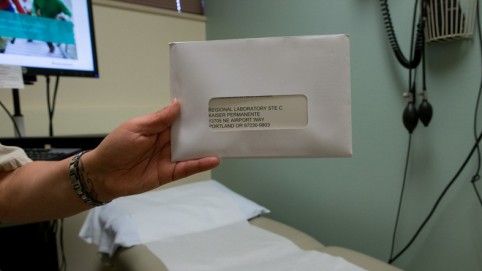
This Test Saves Lives
The internal medicine unit emphasized the value of taking the colorectal screening test, and identified at-risk patients whenever they come into the office.
- Ensuring the patients take the test and return it is critical to early screening.
- Labeling the test as life-saving can increase patient compliance

Cash Is a Good Co-Pay Option
The team trained staff on how to handle cash, got a lock box to safely store payments, and let teams know that cash payments were possible.
- Some members prefer to pay in-person and in cash.
- Cash co-pays exceeded expectations and proved popular with members
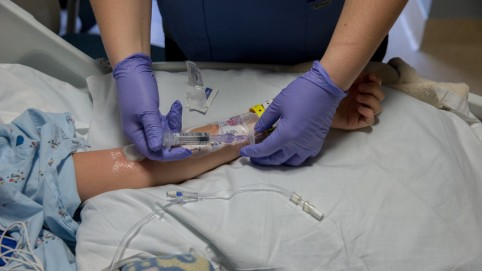
"Bladder Bundle" Protects Patient Safety
Team decreased the number of bladder infections—from nearly 20 infections per 1,000 catheter days down to near zero within six months.
- Urinary tract infections caused by catheters can lengthen hospital stays and complicate a patient’s recovery.
- Nurses using an evaluation checklist to determine whether the catheter was medically necessary and properly secured
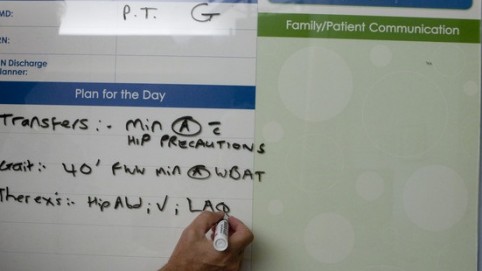
Whiteboard Helps Rehab Communications
Information-sharing improved among different groups of the care giving staff.
- Nurses, physical therapists, patients and family members all have the same information about the case.
- Using a whiteboard in patient rooms to record physical therapy sessions

Easing the Pain for Babies, Families
NICU team improves service scores and provides better service by educating new parents about infant pain management.
- Caregivers want not only to manage babies’ pain but also alleviate parents’ anxieties and help them know what to expect.
- Use a consistent script to discuss pain management during the admission process and keep parents informed throughout the baby’s stay in the NICU

No One Walks Alone
From an average of 16 patient falls per month, the number went down to three a month.
- Both patients and morale were suffering at the San Diego Medical Center telemetry unit, which had twice as many patient falls as the next-worst unit.
- Treat every patient as a fall risk and ensure each patient is accompanied — especially to and from the bathroom, when most falls occur
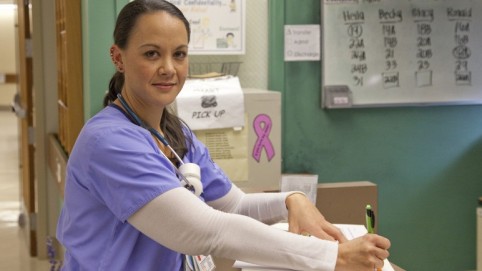
A Drop in Patient-Lifting Injuries
No staff injuries related to patient handling for 140 days thanks to signs, better communication.
- Absences, stress and worker’s compensation claims decreased when patient-handling injuries were reduced to zero in 140 days, down from two to four per quarter.
- Used signs to visually remind to nurses and other staff about the importance of working safely.

Preventing Patient Falls
Team reduced patient falls by 40 percent in one year.
- Keeping patients safe is a top priority.
- Daily huddles and debriefs
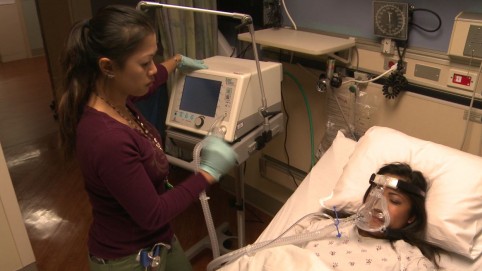
Preventing Pressure Ulcers
The team went two years without a single instance of a serious pressure ulcer resulting from a respiratory aid.
- We are committed to keeping patients free from hospital-acquired ulcers
- Testing and evaluating new, better supplies and equipment
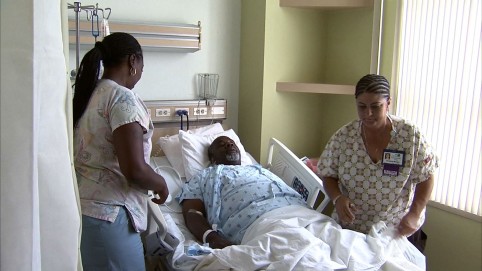
Better, Affordable Care
Cut an average of a day off the length of patient stays.
- Patients get to go home sooner.
- Track and standardize patient mobility protocols
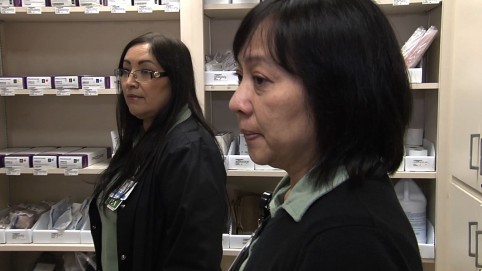
Simple, Surprising Savings
Team saves thousands simply by reducing supply waste.
- Keeping costs down helps keep Kaiser Permanente affordable for members and patients.
- Mobilizing all UBT members to use stickers to indicate which supplies they use—and which they could live without
